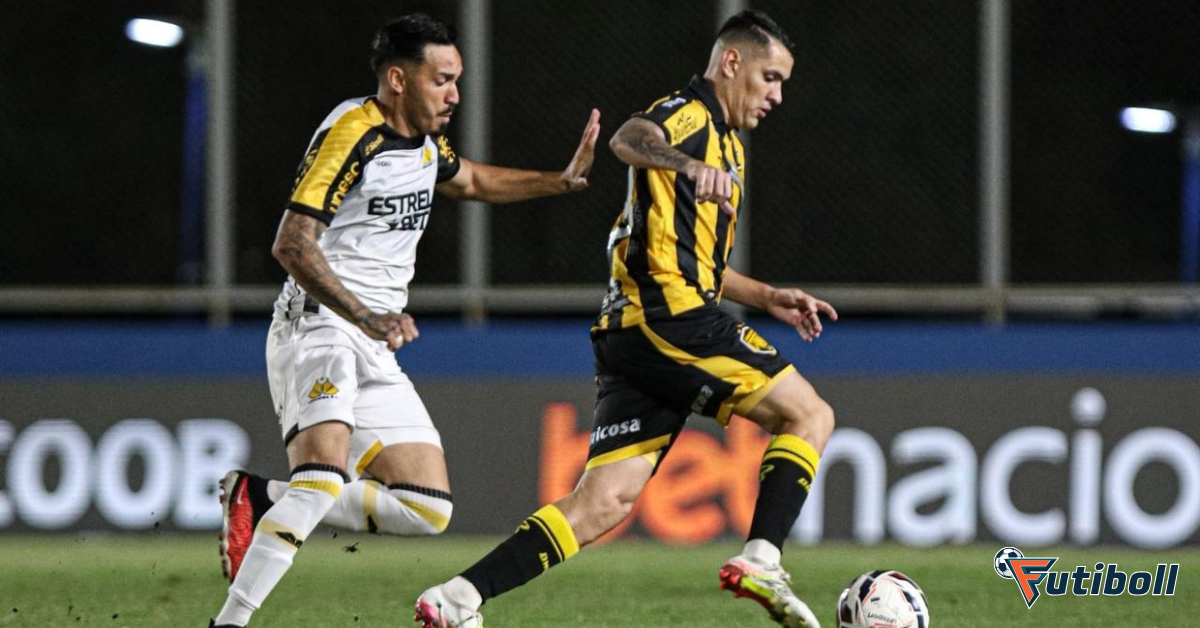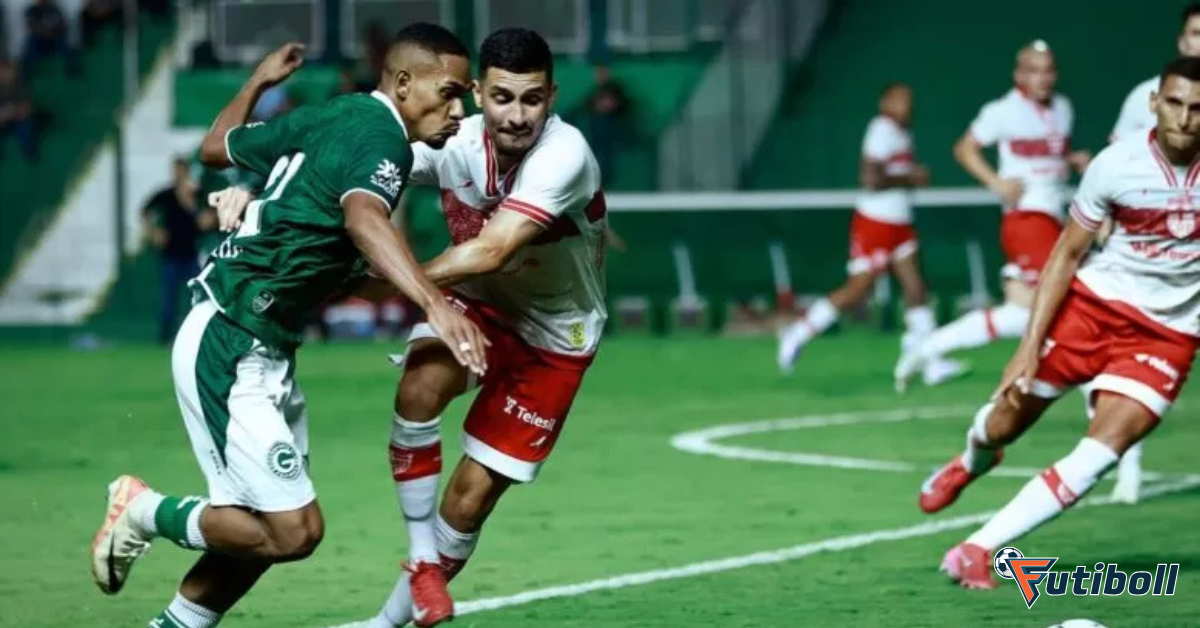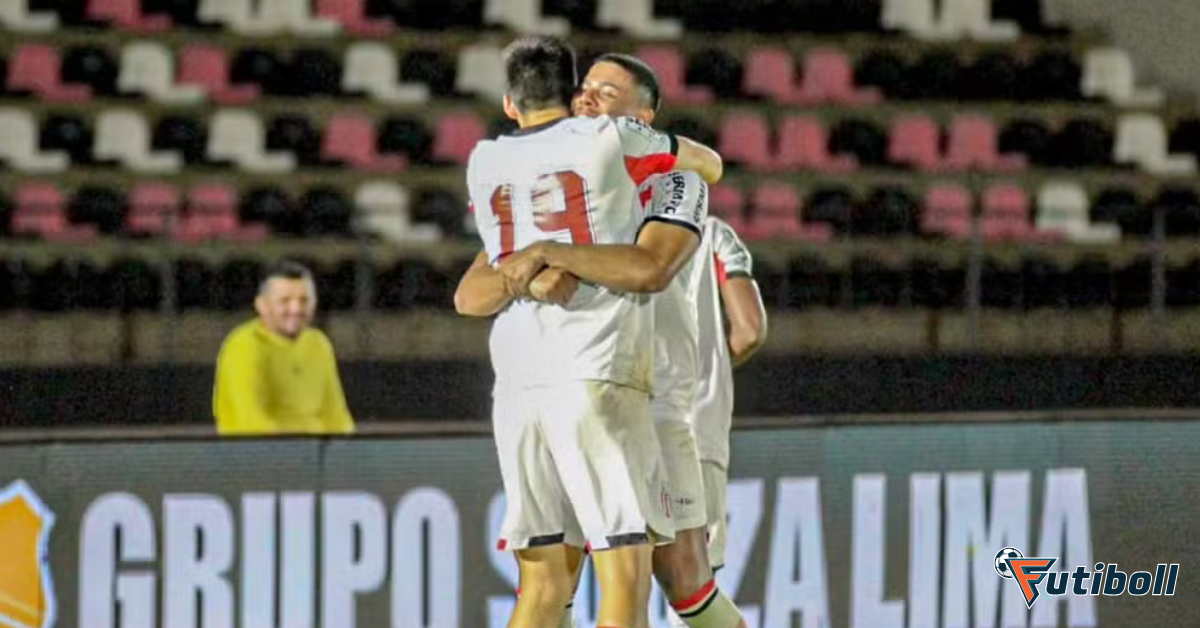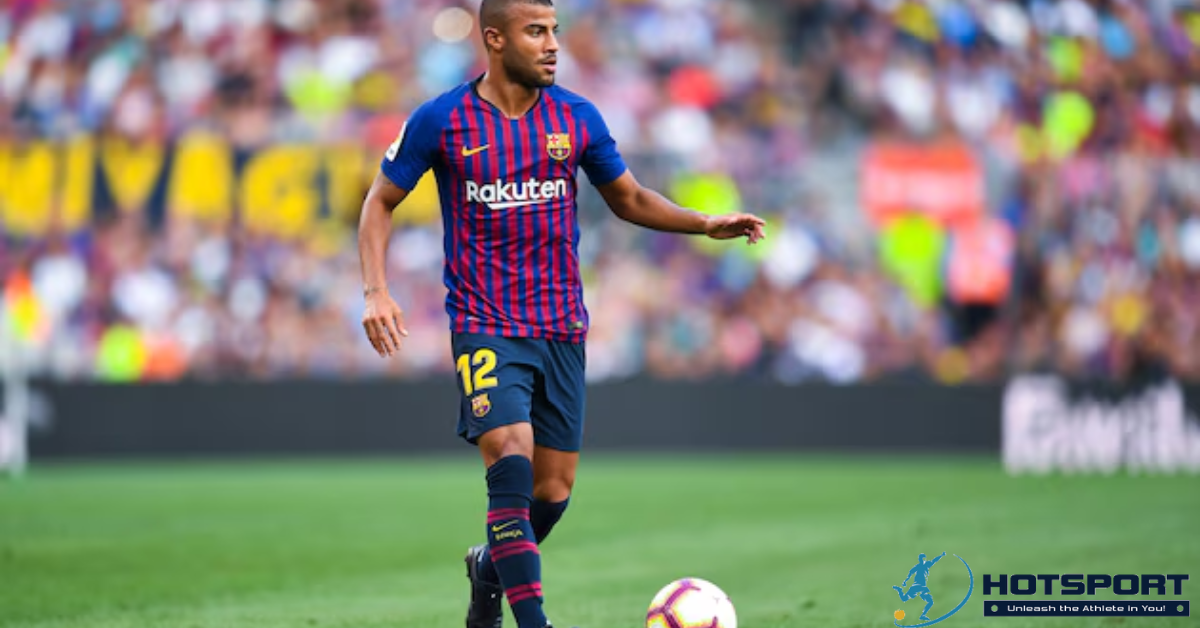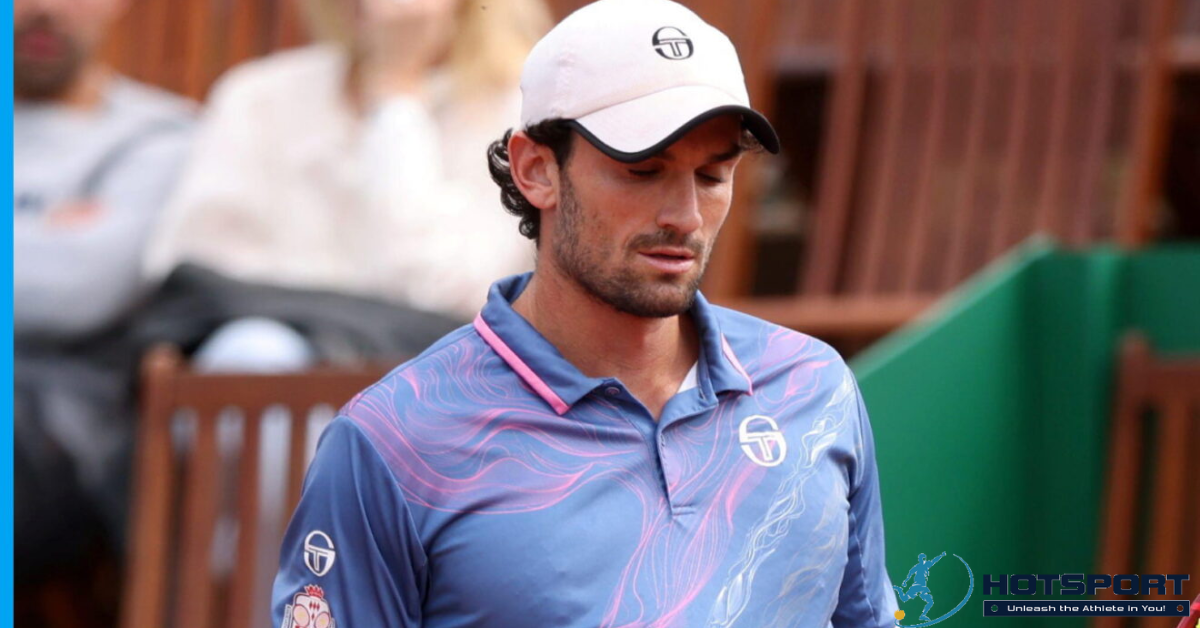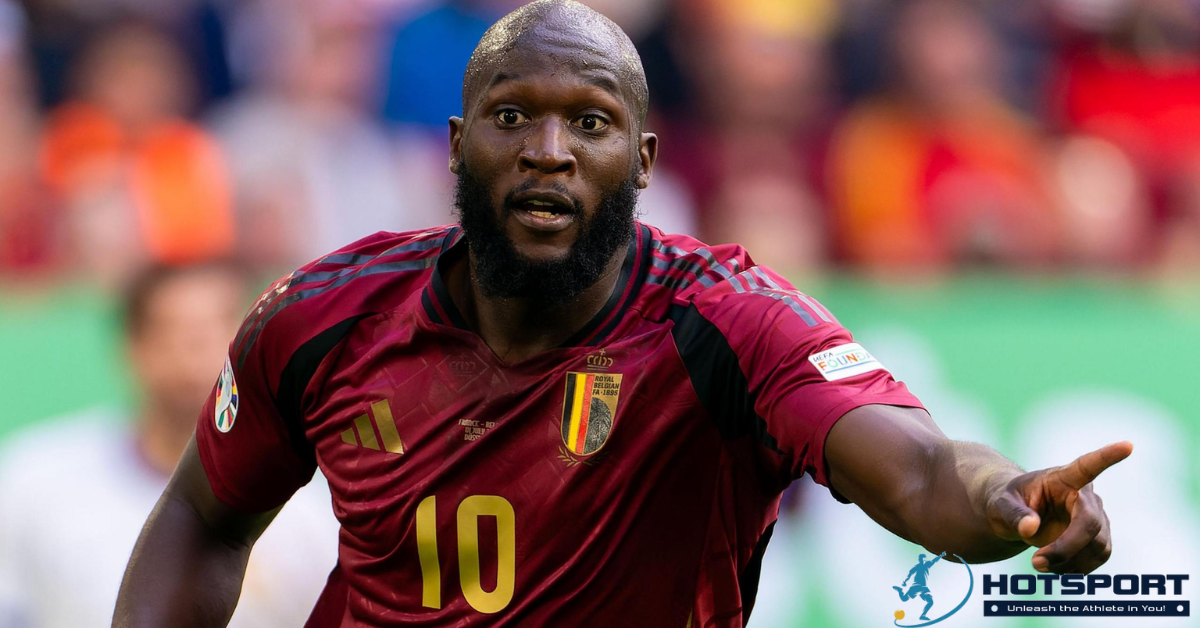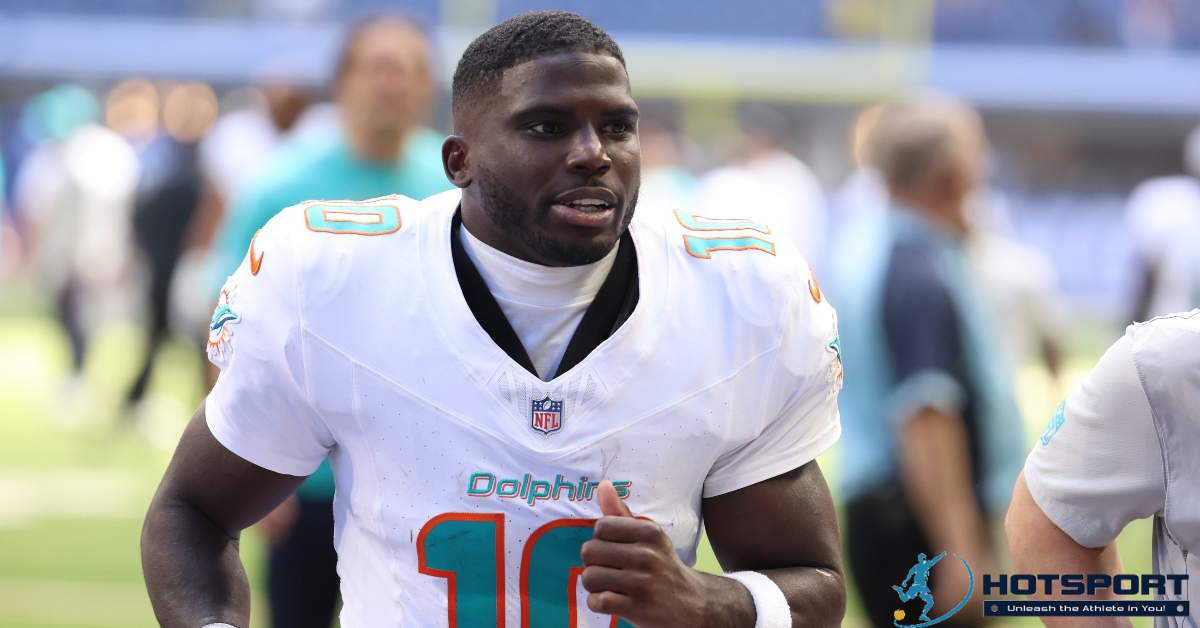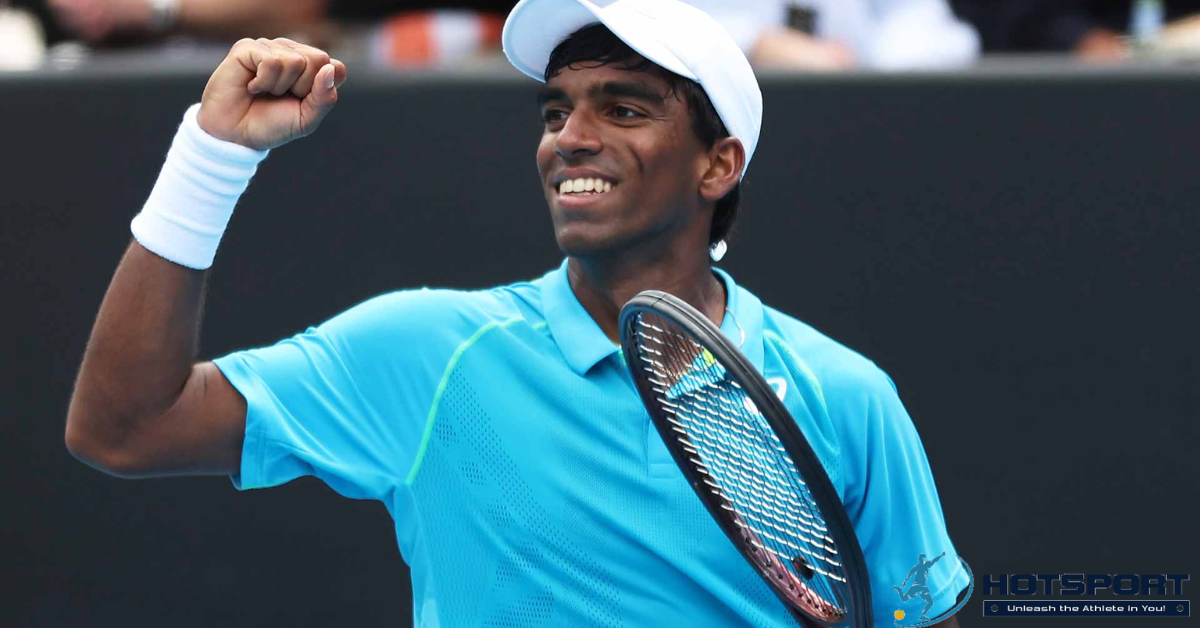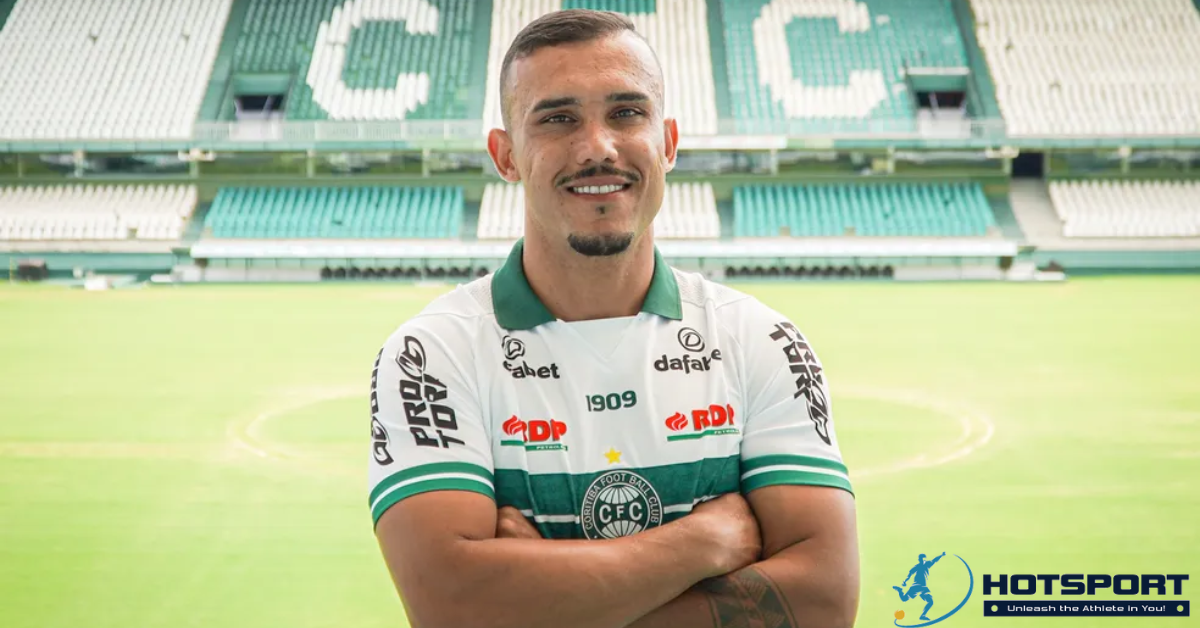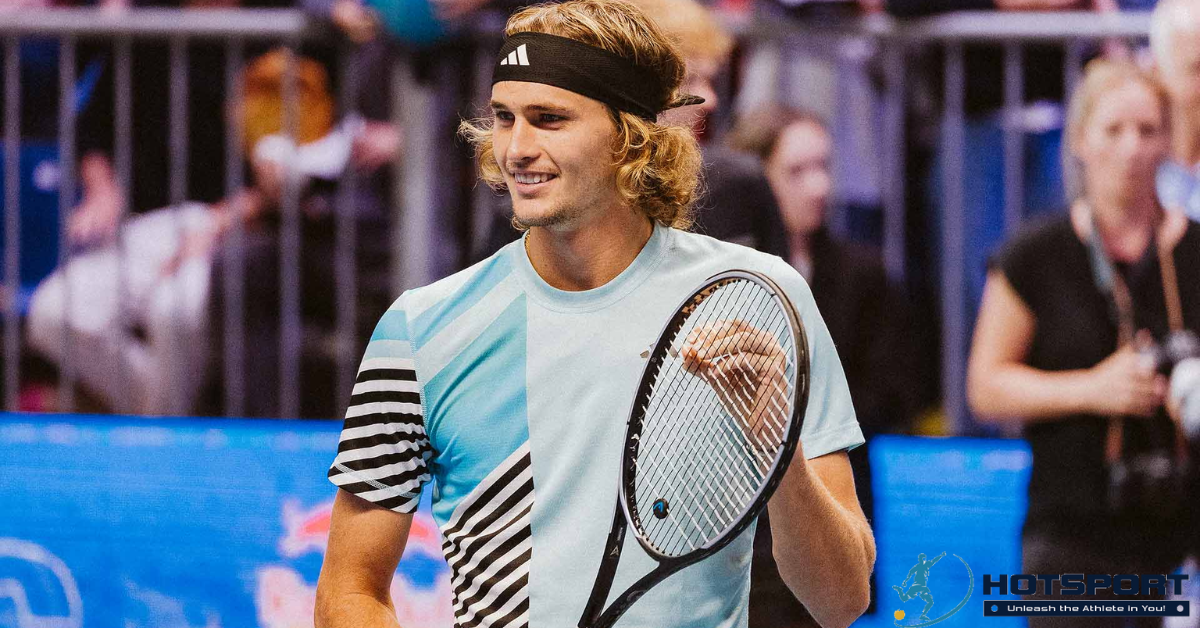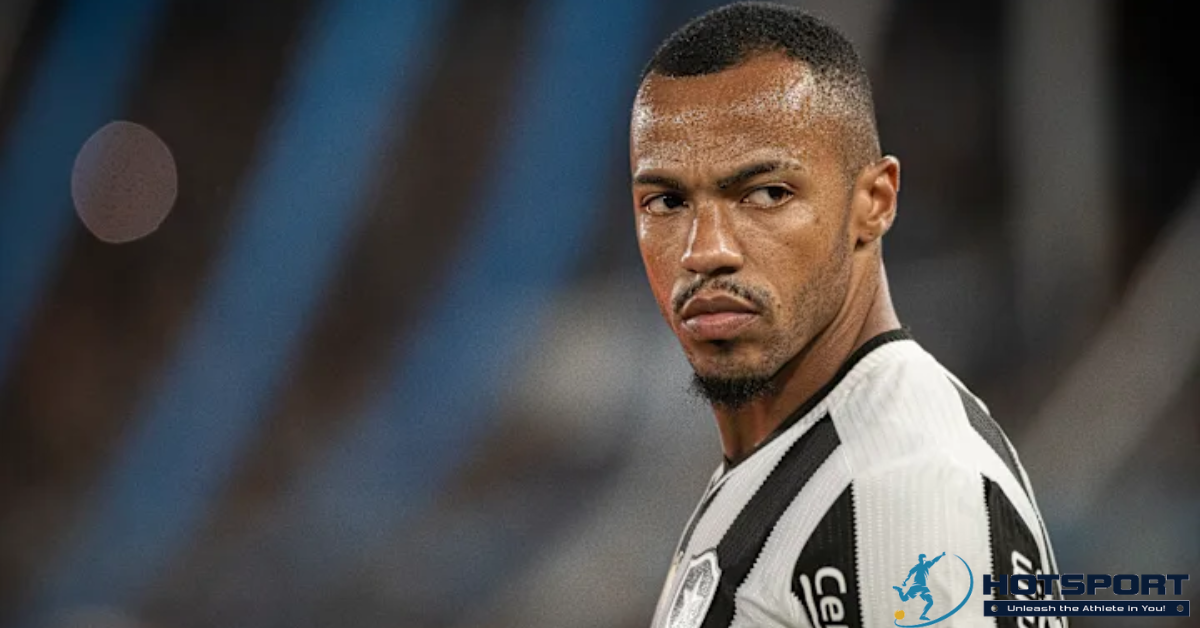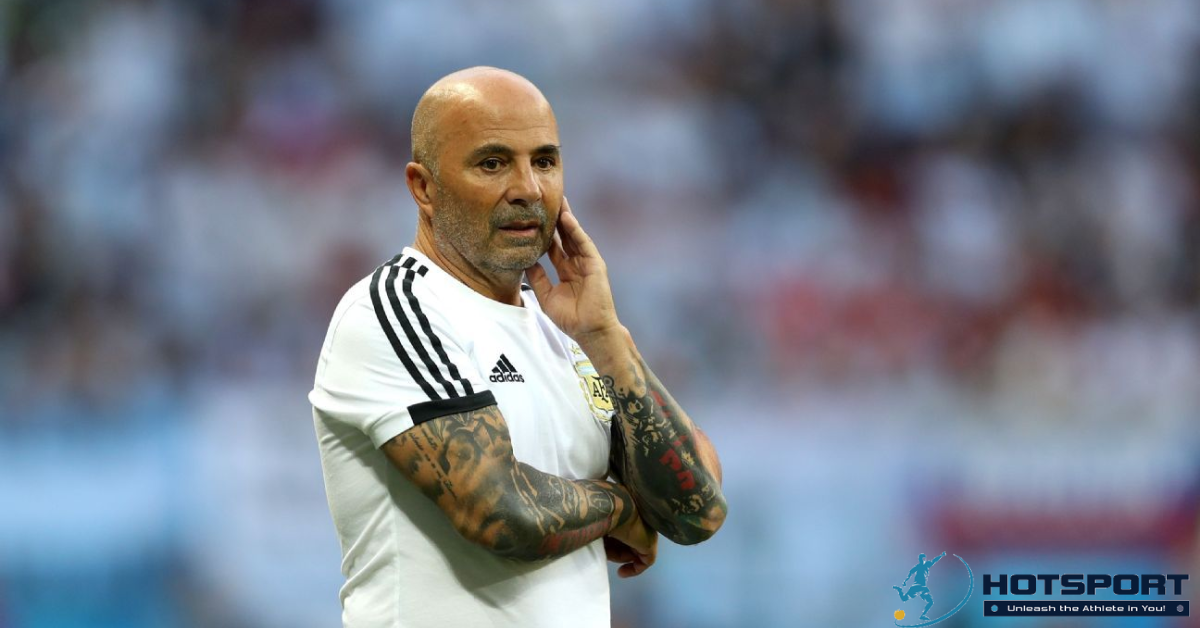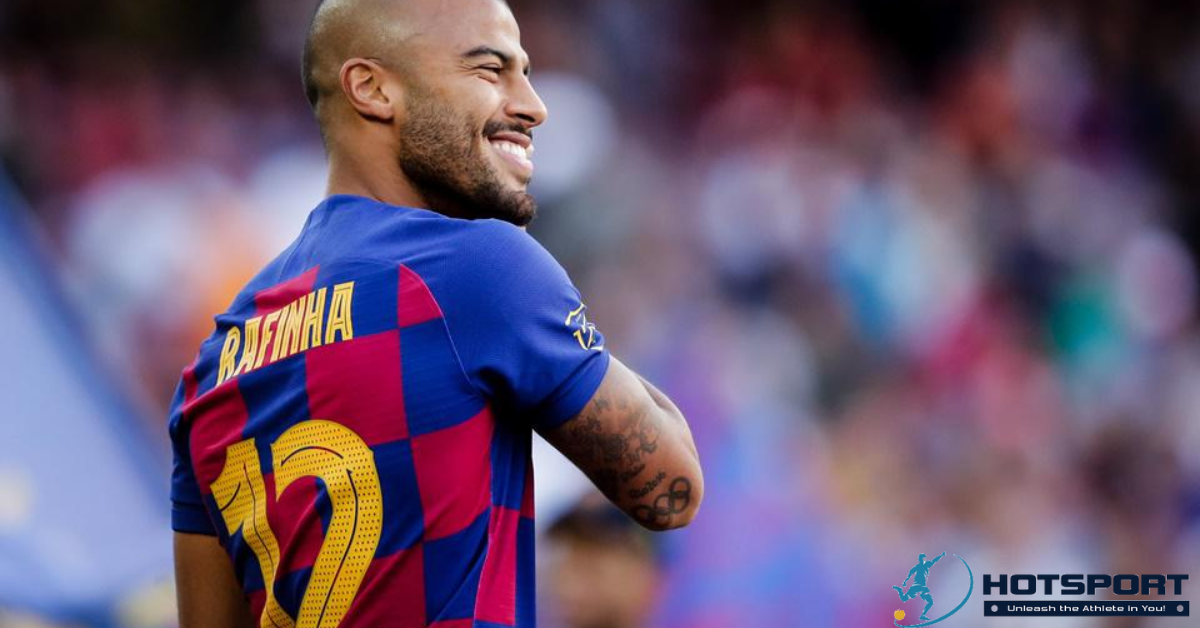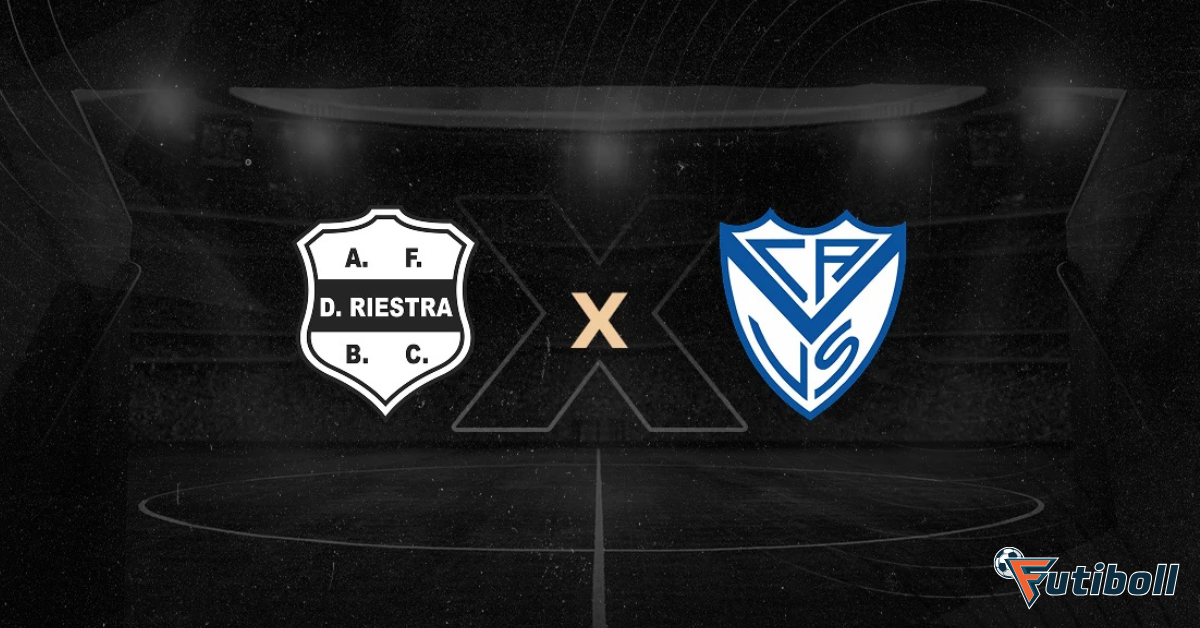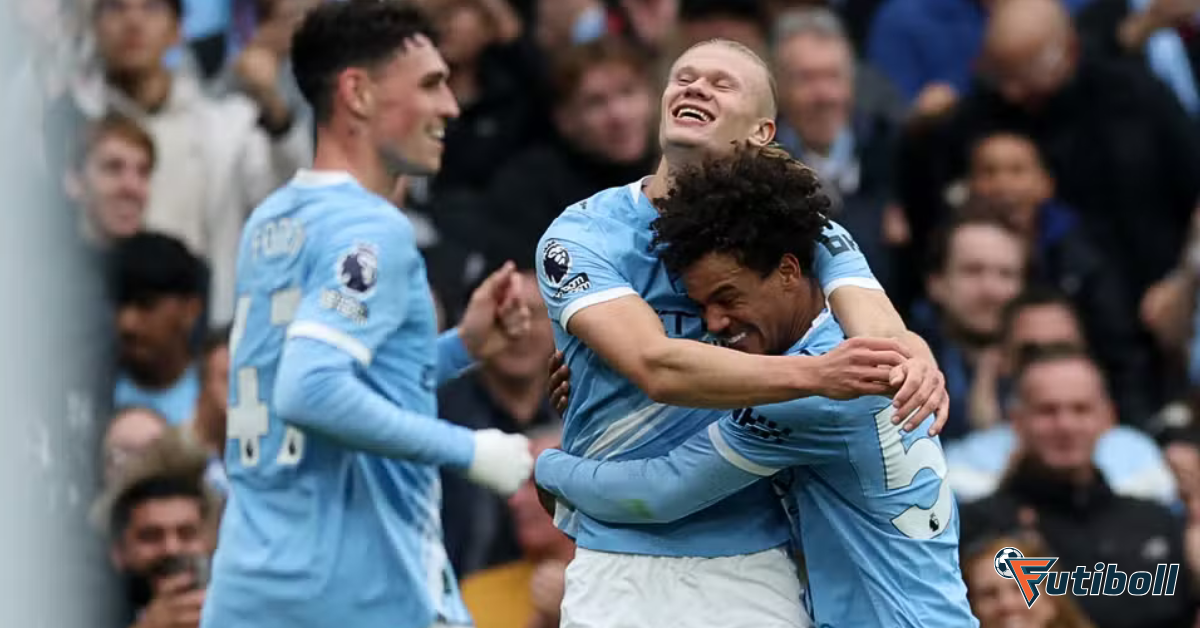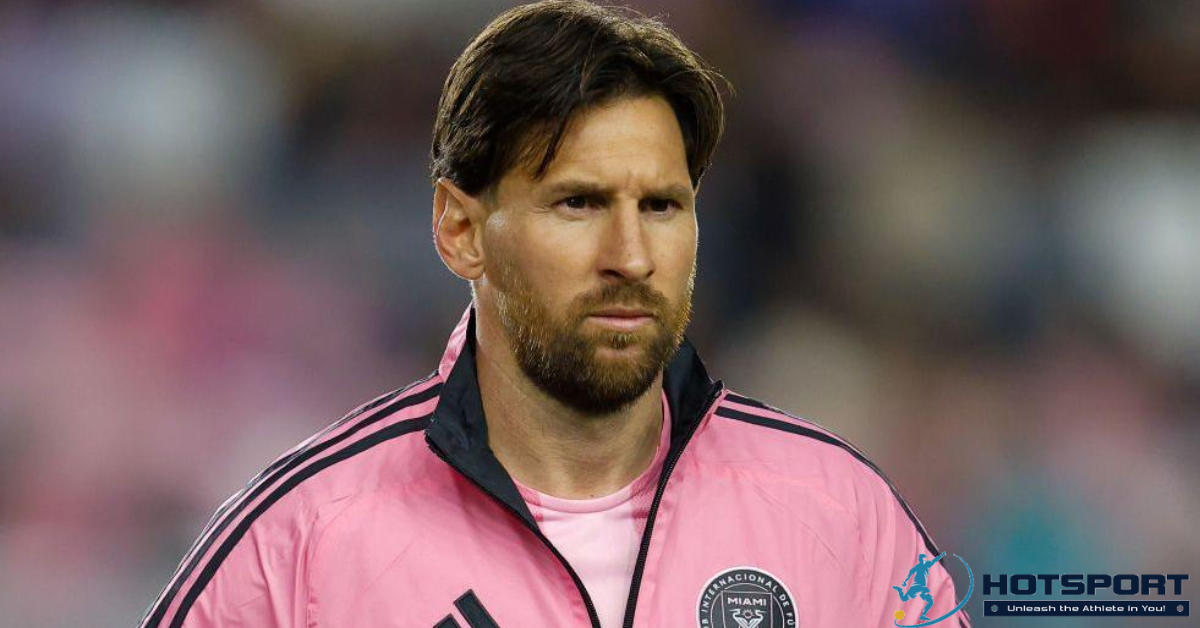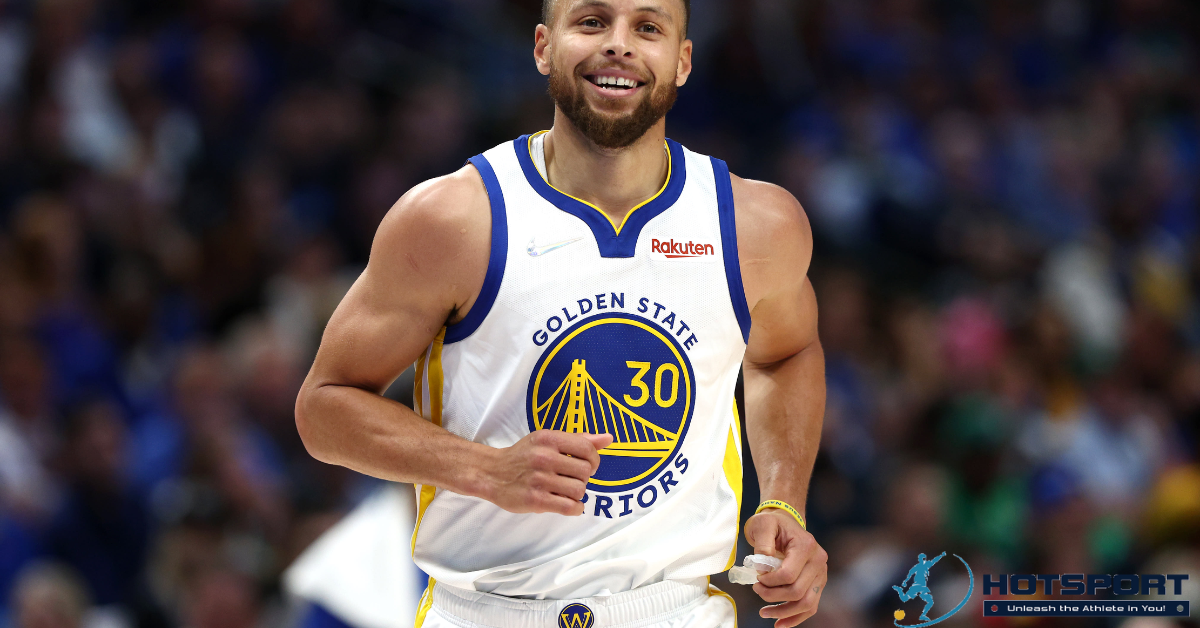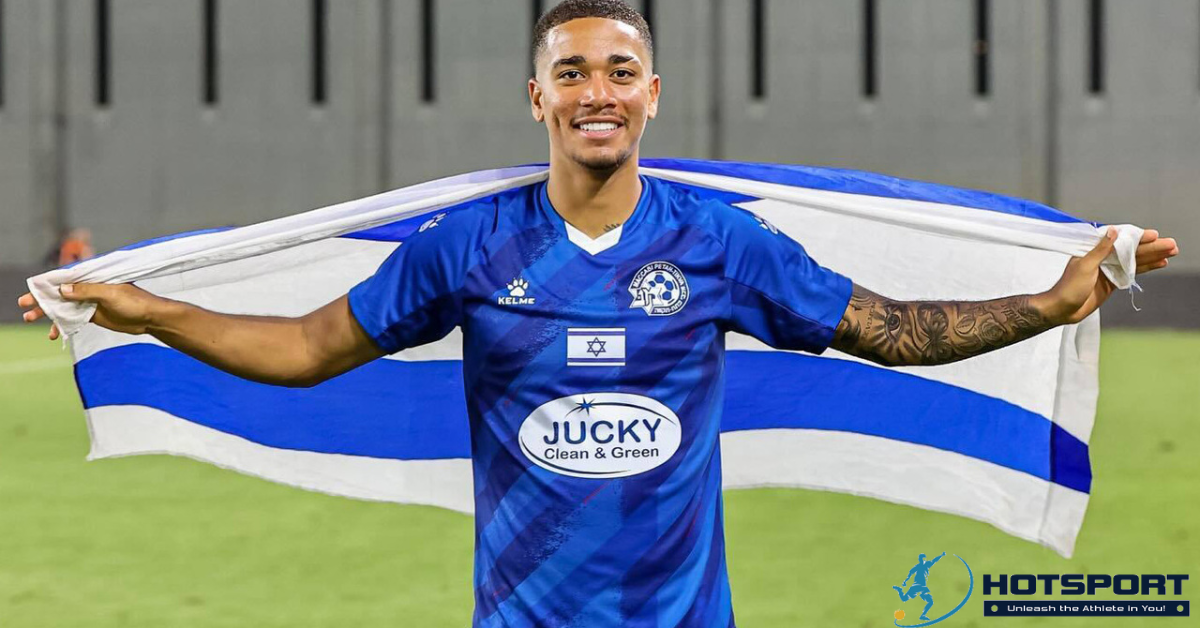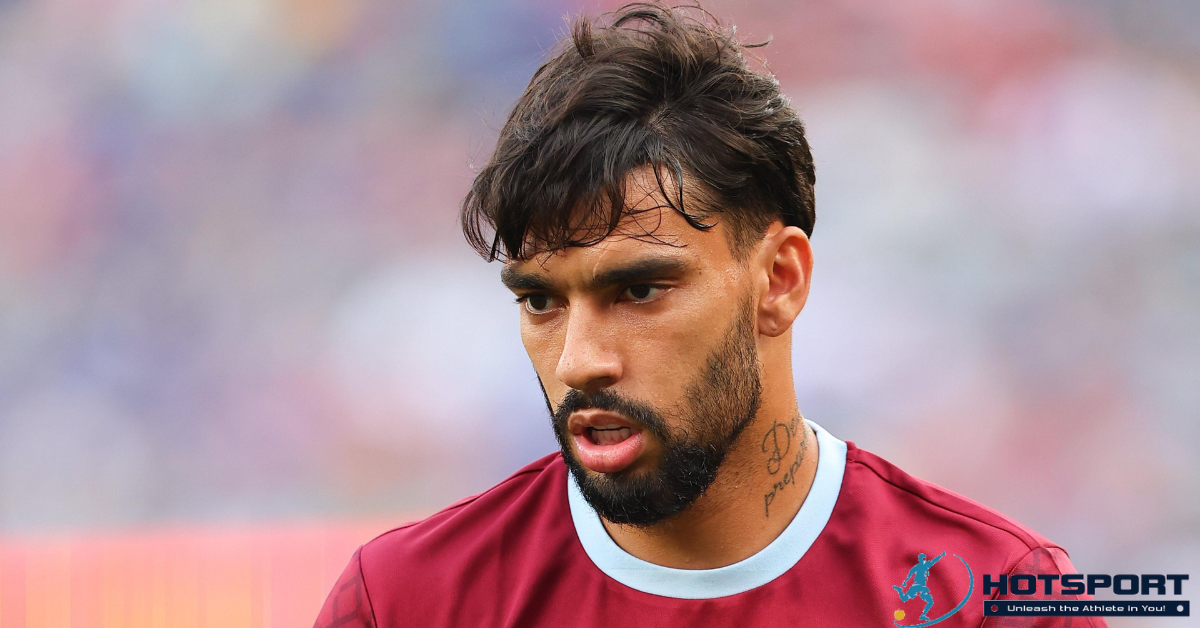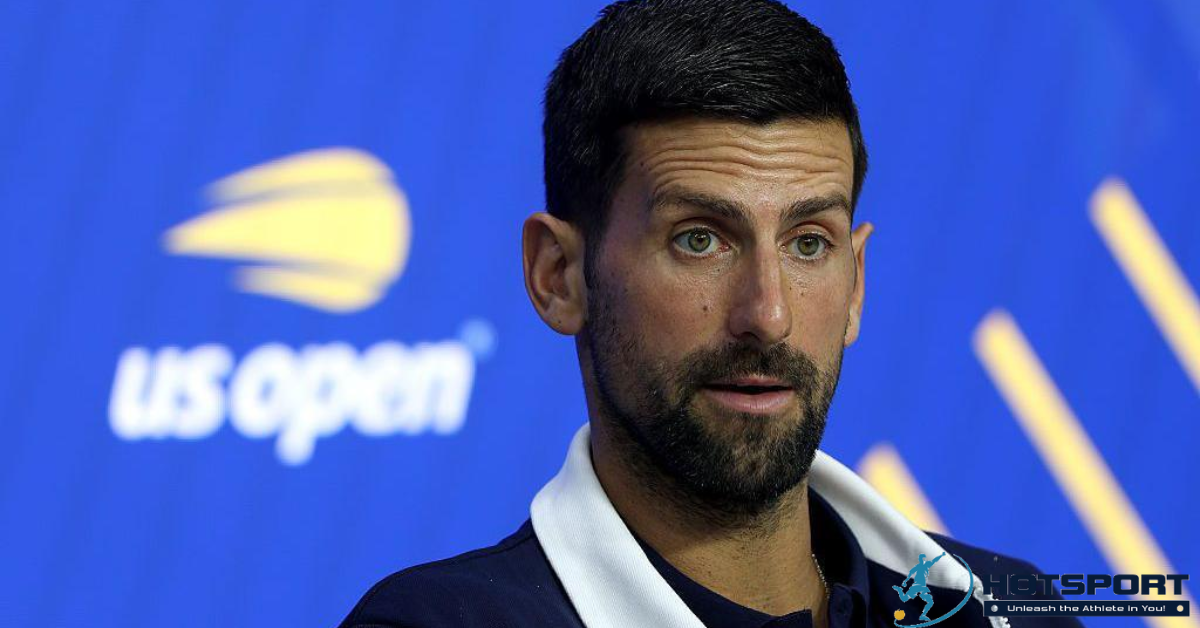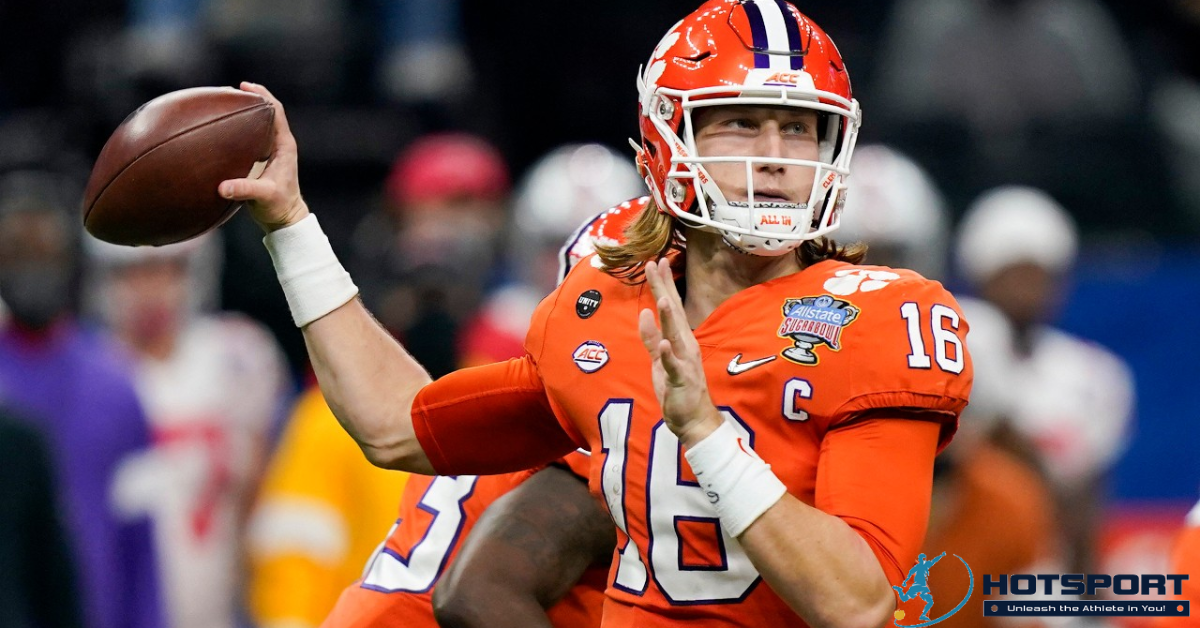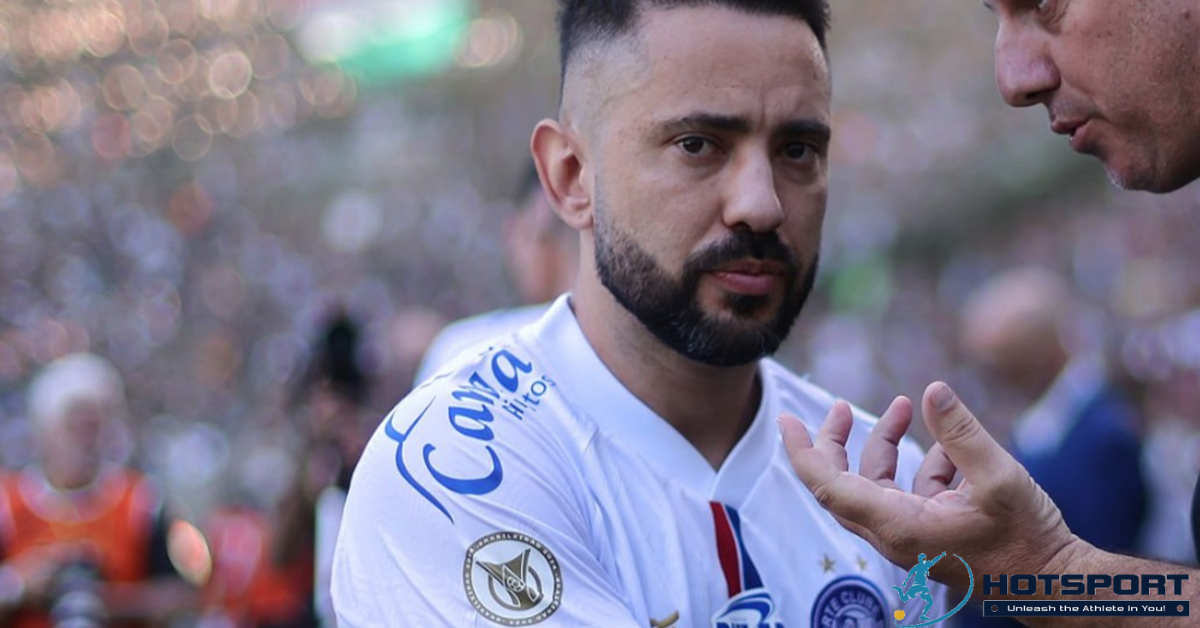Introduction – Amazonas FC x Criciúma: Epic comeback in the 31st round of Série B
The match between Amazonas FC and Criciúma, held on Monday night, October 7, 2025, at the Arena da Amazônia in Manaus, was marked by intense emotions and a performance worthy of a championship final stretch. In a thrilling match, Criciúma took the lead in the first half, but Amazonas FC showed grit, intensity, and a powerful comeback to turn the score around and win 2-1 in front of their passionate fans.
The match, part of the 31st round of the 2025 Brazilian Championship Series B, was crucial for both teams. Criciúma, fighting for promotion to Series A, saw the defeat jeopardize its position in the top four. Amazonas FC, still fighting to escape the relegation zone, earned three valuable points and showed improvement under coach Rafael Lacerda.
Beyond the score, the duel was a true reflection of the competitiveness of Série B: great commitment, alternating dominance, and an electrifying finish with the Manaus fans celebrating a historic triumph.
Pre-game – Expectations and pressure before the ball rolls
Before kickoff, the two clubs were at opposite ends of the table, but equally urgent for points. Criciúma, led by Cláudio Tencati, was looking for an away win to solidify its position in the top four and end a two-game winless streak. Amazonas FC, on the other hand, viewed the match as a final, knowing that a stumble at home could deepen its crisis and put it out of contention for survival.
Coach Rafael Lacerda opted for an aggressive formation, with Ítalo, Sassá, and Ruan Índio up front, seeking intensity and pressure from the opening minutes. The strategy was clear: take advantage of the heat, the heavy pitch, and the crowd’s support to wear down the opponent.
Criciúma, on the other hand, came out with their usual defensive organization and top scorer Fellipe Mateus as their main hope for a goal. The Santa Catarina team started more confidently, but the game would take an unexpected turn after halftime.
The Game – Amazonas FC x Criciúma in detail
First Half – Criciúma opens the scoring and dominates the action
Criciúma started better and imposed their rhythm. In the 17th minute, Fellipe Mateus opened the scoring with a beautiful team move, capitalizing on a precise cross from Marcelo Hermes. The goal brought peace of mind to Tigre, who began to control possession and neutralize Amazonas’ attacks.
The home team, in turn, tried to exploit counterattacks, but were thwarted by Santa Catarina’s strong defense. The fans were growing impatient, especially after missed chances by Sassá and Ítalo. The first half ended with Criciúma taking a deserved lead and warning signs from the Amazonas bench.
Second Half – Reaction, intensity and comeback of the Jaguar
Halftime completely changed the game. Coach Rafael Lacerda made substitutions that changed the landscape, bringing on Henan and Jô to give him more attacking power. The team returned with a new approach, more aggressive and focused.
In the 56th minute, Sassá equalized, capitalizing on a rebound from goalkeeper Gustavo after a powerful shot from Jô. The goal set the stadium alight and boosted the Manaus team’s morale. From then on, Amazonas began to dominate, forcing Criciúma back into the defensive zone.
The turnaround came in the 79th minute, when Henan headed in a Rafael Tavares cross. The stadium erupted in celebration, and Amazonas managed the score with maturity until the final whistle.
With the result, the Amazonas team reached 32 points, still within the relegation zone, but just two points behind the first team outside the relegation zone. Criciúma, with 52 points, is at risk of falling out of the top four after three consecutive games without a win.
Statistics – Amazonas FC x Criciúma in numbers
| Statistic | Amazonas FC | Criciúma |
|---|---|---|
| Goals | 2 | 1 |
| Finalizations | 14 | 10 |
| Finishes on target | 6 | 4 |
| Ball possession | 48% | 52% |
| Right passes | 345 | 372 |
| Corners | 5 | 6 |
| Fouls committed | 16 | 13 |
| Yellow cards | 3 | 2 |
| Great chances created | 4 | 2 |
| Expected goals (xG) | 2.2 | 1.4 |
The statistics reveal a balanced match, but Amazonas FC was more efficient in the second half. The team improved after the break and converted its territorial dominance into goals, something that had been lacking in previous matches.
Tactical Analysis – The turnaround that was born from changes
Amazonas FC’s victory was the result of targeted tactical adjustments and the aggressive mentality imposed by Rafael Lacerda. The team began pressing higher and exploiting quick transitions down the flanks, particularly with Ruan Índio and Sassá.
Henan’s introduction was also crucial. The striker provided depth and created space for the midfielders to run in. Defensively, the duo of Luiz Gustavo and Werley managed to contain Criciúma’s attacks in the final stretch.
Criciúma, meanwhile, suffered from a drop in intensity and a lack of creativity in midfield. The team failed to react after conceding the equalizer and saw their opponent dominate the action in the decisive minutes. Coach Tencati acknowledged the slump and urged the team to be more focused in the upcoming rounds.
Repercussion – Celebration in Amazonas and frustration in Criciúma
The atmosphere after the final whistle was celebratory in Manaus. Amazonas FC fans celebrated the comeback as a milestone in the fight against relegation. Coach Rafael Lacerda highlighted the team’s mental strength and praised the players’ dedication.
At Criciúma, the mood was one of frustration. The squad left the field dejected, and Tencati promised changes. The defeat was the third winless season, sounding a red flag at a crucial moment in the competition.
Conclusion – Amazonas FC x Criciúma
The match between Amazonas FC and Criciúma was a clear example of how unpredictable and balanced Série B can be. Amazonas showed strength, resilience, and the support of their fans to turn the game around and keep alive their hopes of escaping the relegation zone.
Criciúma, which seemed firmly in the top four, is now facing mounting pressure. The Santa Catarina team needs to regain its consistency if it wants to secure promotion to the Brazilian soccer elite in 2026.
FAQs – Amazonas FC x Criciúma
1. What was the result of Amazonas FC vs. Criciúma?
Amazonas FC came from behind to beat Criciúma 2-1 in a match valid for the 31st round of the 2025 Série B.
2. Who scored the goals in the match?
Fellipe Mateus scored for Criciúma, while Sassá and Henan secured the comeback for Amazonas FC.
3. Where and what time was the game?
The match took place at Arena da Amazônia in Manaus at 9:30 p.m. (Brasília time) on October 7, 2025.
4. What was the standings like after the game?
With the victory, Amazonas FC reached 32 points, remaining in the relegation zone, while Criciúma remained at 52 points and could drop out of the top four.
5. Who was the standout player of the game?
Sassá was the standout performer, actively participating in the attacking plays and scoring the goal that started the comeback.
6. What’s next for the teams?
Amazonas FC faces Guarani in the next round, while Criciúma hosts Vila Nova at Heriberto Hülse Stadium.

